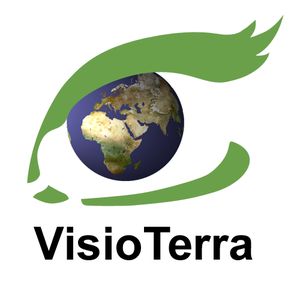- Points of Contact: Sentinel Vision team
Sentinel Vision is a platform & service to access, to render, to share and to promote the Sentinel products acquired by all the instruments on-board all Sentinel satellites. Sentinel Vision has been designed to produce “Sentinel stories” using near-real-time and archive Sentinel data.
Sentinel Stories Gallery
Day after day, facing the urgency of the news or to demonstrate the applications of Sentinel data, stories are published feeding a thematic gallery in very various fields such as Atmosphere, Climate, Coastal, Cryosphere, Desert, Emergency, Geology, Hydrology, Land, Marine environment, Security, Topography, Vegetation, Water colour, Wildfire.
This gallery is accessible to the public on the site
https://www.sentinelvision.eu/gallery/thematic
Each story includes several “hyperlooks” (rich URL describing the product, its on-the-fly processing parameters and a point of view) that allow users to navigate in the images or altimetric profiles. This navigation is done in 2D or 3D from any web browser. Three simple stories are published each week; they are called Sentinel of the day (SED) and have four hyperlooks. A story called Event sheet (EVT) is published weekly. It encompasses more views and explanatory texts associating researchers or managers of thematic applications. A light red circle distinguishes the Event sheet from the Sentinel of the day at the above address.
Stories highlight all parts of the world as evidenced by the KML script visible in Google Earth. A newsletter is published weekly providing PDF, HTML and SVP (Sentinel Vision Portal entry) versions of the four stories of the week. To be added to the list, one should request at the address svp@visioterra.fr.
Technological innovations
Sentinel Vision is a powerful tool implementing on-the-fly processing to render Sentinel products with best efficiency from their native geometry and radiometry without changing the characteristics of the original Sentinel products. In addition to basic processing such as RGB mapping, global radiometric transformations, filtering or assignment of colour tables, Sentinel Vision implements innovative data processing to:
- orthorectify radar data from a physical model of observation based on a particular DEM,
- equalise the backscattering variations (NRCS) of the offshore radar data to better detect the surface condition,
- compute a multi-date mean of several radar scenes to reduce the speckle,
- perform multi-date colour composites to highlight the changes between three dates,
- make the difference of Sentinel scenes to underline the variations,
- animate the views to better observe changes before / after an event or trends in time series…
Uses cases
Sentinel Vision is particularly helpful to:
- check in a few clicks the availability and quality of any Sentinel product,
- demonstrate the complementarity of Sentinel missions (contemporary acquisitions of different instruments),
- promote the use of Sentinel data in many application domains,
- provide interactive teaching and training material,
- provide demonstration material of near-real-time and archive data.








